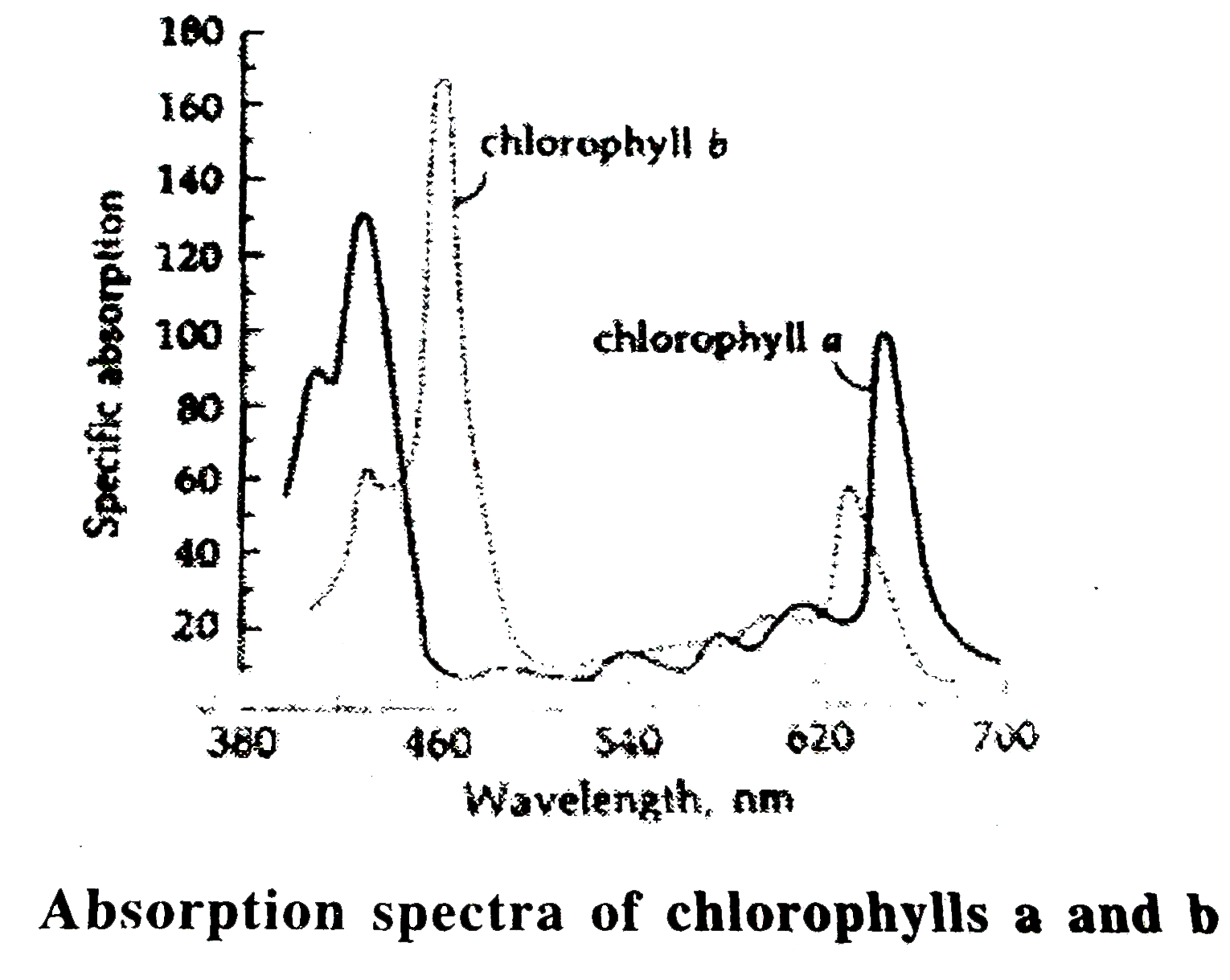Which wavelengths are the most effective in photoperiodism ?
blue and red
red and far red
green
orange and red
The correct Answer is:D
To answer the question "Which wavelengths are the most effective in photoperiodism?", we can follow these steps:
Step 1: Understand Photoperiodism
Photoperiodism is the physiological reaction of organisms to the length of day or night. In plants, it influences flowering and other developmental processes based on the duration of light exposure.
Hint: Remember that photoperiodism is related to how plants respond to light duration.
Step 2: Identify the Role of Leaves
The leaves of plants are the primary sites where photoperiodic responses occur. They contain specific pigments that detect light.
Hint: Focus on the part of the plant that is responsible for sensing light.
Step 3: Learn about Phytochrome
Phytochrome is the pigment responsible for detecting light in plants. It exists in two forms: phytochrome red (Pr) and phytochrome far-red (Pfr).
Hint: Phytochrome is crucial for understanding how plants perceive different wavelengths of light.
Step 4: Determine Wavelengths for Phytochrome
Phytochrome red (Pr) absorbs red light, specifically in the wavelength range of 660 to 700 nm, while phytochrome far-red (Pfr) absorbs far-red light, with a range of 700 to 730 nm.
Hint: Pay attention to the specific wavelength ranges associated with each form of phytochrome.
Step 5: Understand the Effects of Each Form
- Phytochrome red (Pr) is the inactive form and promotes flowering in short-day plants.
- Phytochrome far-red (Pfr) is the active form and promotes flowering in long-day plants and seed germination.
Hint: Consider how each form of phytochrome influences plant behavior based on light exposure.
Step 6: Conclusion
The most effective wavelengths in photoperiodism are red and far-red light, as they are specifically detected by phytochrome.
Final Answer: The wavelengths that are most effective in photoperiodism are red (660-700 nm) and far-red (700-730 nm).
---
Photoperiodism is the physiological reaction of organisms to the length of day or night. In plants, it influences flowering and other developmental processes based on the duration of light exposure.
The leaves of plants are the primary sites where photoperiodic responses occur. They contain specific pigments that detect light.
Phytochrome is the pigment responsible for detecting light in plants. It exists in two forms: phytochrome red (Pr) and phytochrome far-red (Pfr).
Phytochrome red (Pr) absorbs red light, specifically in the wavelength range of 660 to 700 nm, while phytochrome far-red (Pfr) absorbs far-red light, with a range of 700 to 730 nm.
- Phytochrome red (Pr) is the inactive form and promotes flowering in short-day plants.
- Phytochrome far-red (Pfr) is the active form and promotes flowering in long-day plants and seed germination.
The most effective wavelengths in photoperiodism are red and far-red light, as they are specifically detected by phytochrome.
Topper's Solved these Questions
Similar Questions
Which light range is most effective in photo- synthesis

View SolutionWhat is the photoperiodism?
View SolutionWavelength of light least effective in photosynthesis is
View SolutionThe most effective greenhouse gas is
View SolutionWhich is the most effective in warming atmosphere
View SolutionThe most effective light for stomatal opening is
View SolutionPhotoperiodism affects
View SolutionMost effective lipolytic enzyme is
View SolutionThe most effective method of contraception is
View SolutionThe most effective drug in killing Plasmodium is
View Solution
